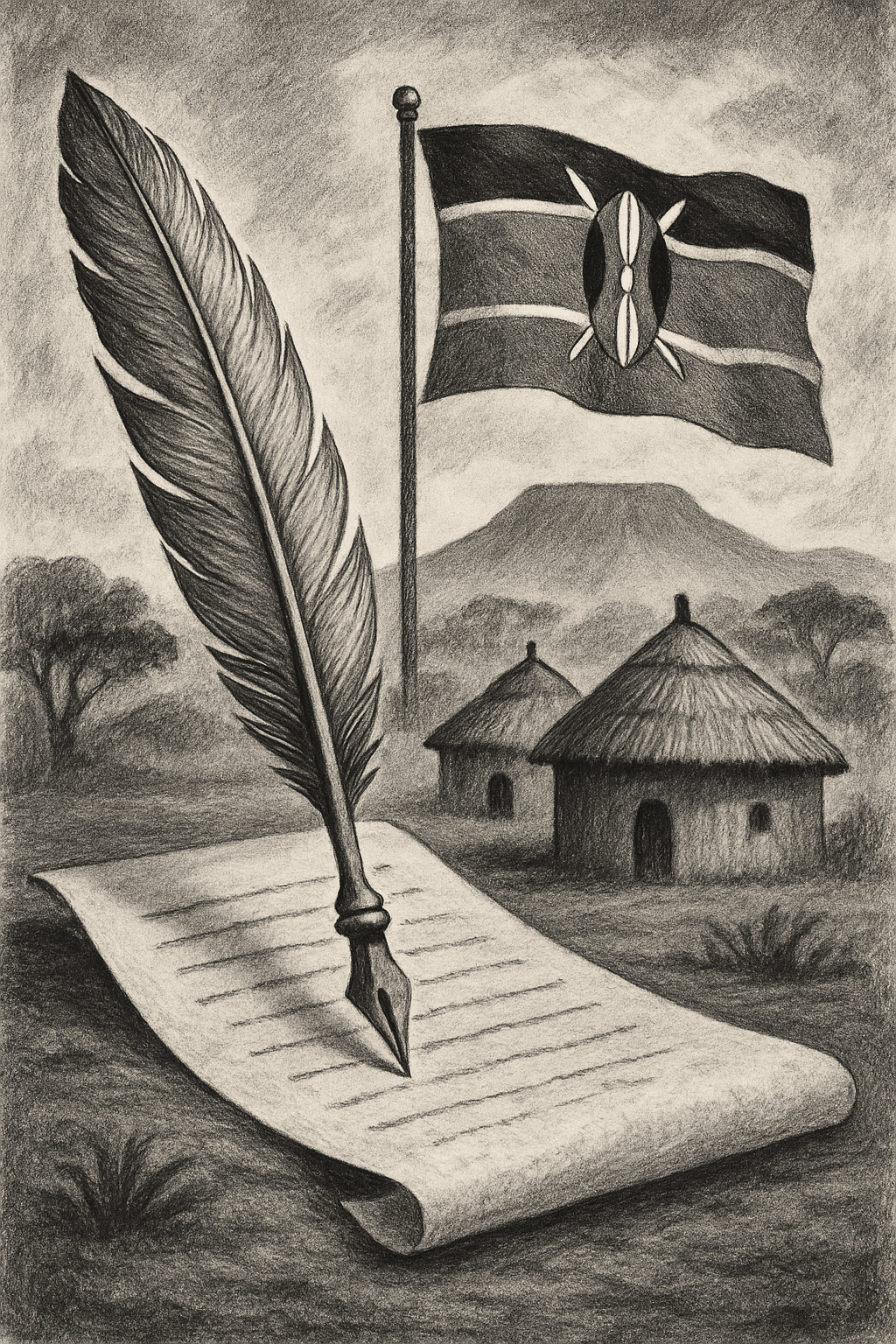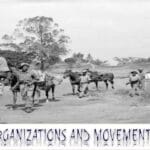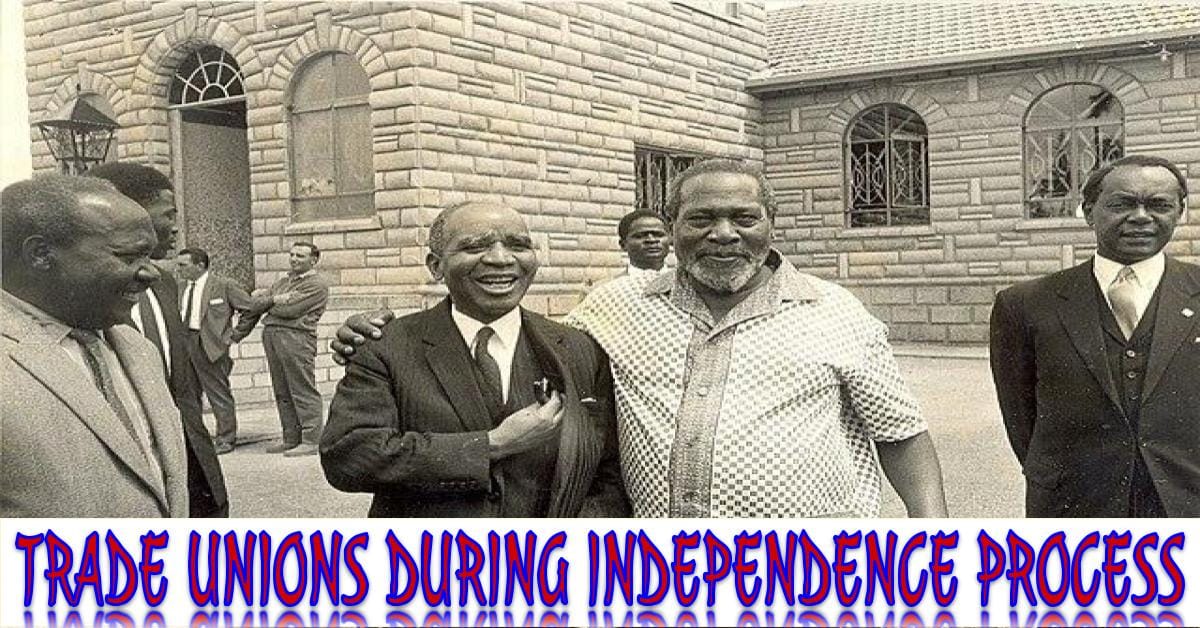👑 British Rule in Kenya: A Colonial Administration Tutorial
Discover how the British created and managed the colonial administrative system in Kenya, step-by-step, using appointees, laws, and an evolving power structure.
💡 Initial Challenge
The British had no ready system and limited resources in Kenya. They couldn’t copy Uganda’s Buganda model — instead, they started from scratch. 😓
👥 Appointed Chiefs: The British Solution

Step 1: Choosing Leaders
Most communities like the Agikuyu lacked central leadership. The British appointed chiefs based on language and leadership ability. 🗣️

Step 2: Key Appointments
- Kinyanjui wa Gathirimu – Kiambu 🌍
- Karuri wa Gakure – Murang’a 🏞️
- Wang’ombe wa Ihura – Nyeri 🏔️
⚖️ Laws that Empowered Chiefs
1902 Village Headman Act
First formal law assigning roles like:
- Maintaining order
- Settling local disputes
- Road clearing
1912 Ordinance
Gave more authority:
- Hiring assistants
- Tax collection
- Control over illegal brewing
- Mobilizing labor
⚠️ Problems Faced by Chiefs

Legitimacy Issues
Many weren’t traditional leaders. Elders and youth saw them as British puppets.
Inexperience
Many were too young or lacked respect from communities.
Corruption
Some chiefs enriched themselves:
Example: Chief Musau had 8,000 cattle; Nthiwa had 15 wives.
📊 The Administrative Pyramid
From the top British rulers to local chiefs, here’s how the chain of command looked:
Reported to Colonial Secretary in London.
Interfaced with local populations.
UNLOCKED SELF-ASSESSMENT TEST ON TOPIC
Oops! Unlock More Access Rights:
If you find that you are not subscribed, consider upgrading your account or subscribing to the necessary plan to gain access.
Related Tutorials
- Key South African Nationalists and the Liberation StruggleSouth African Nationalists Key South African Nationalists and the Liberation Struggle Prominent Nationalist Leaders Nelson…
- Key South African Nationalists🧭 Table of Contents Key South African Nationalists 1. Key Figures of South African Nationalism Nelson…
- Nationalism in South Africa: Self Assessment TestUpgrade or Subscribe Oops! Unlock More Access Rights: If you find that you are not…
- Nationalism in South Africa🌍 Nationalism in South Africa The development of nationalism in South Africa was uniquely complex…
- Mozambique Nationalism: Self-Assessment TestMozambique Nationalism Quiz Mozambique Nationalism Quiz 🇲🇿 Test your knowledge about Mozambique’s journey to independence….
- Nationalism in Mozambique: The Long Road to Independence🇲🇿 Nationalism in Mozambique: The Long Road to Independence Mozambique was among the last African…
- Unlock Self-Assessment Test: EMERGENCE AND GROWTH OF NATIONALISM IN AFRICAUpgrade or Subscribe Oops! Unlock More Access Rights: If you find that you are not…
- EMERGENCE AND GROWTH OF NATIONALISM IN AFRICA🌍 EMERGENCE AND GROWTH OF NATIONALISM IN AFRICA Key Factors for the Rise of Nationalism…
- Self-Assessment Test: Constitutional Changes in Kenya Leading to IndependenceKenya Constitutional Changes Self-Assessment Kenya Constitutional Changes Self-Assessment Test your knowledge about Kenya’s journey to…
- Constitutional Changes in Kenya Leading to Independence📜 Constitutional Changes Leading to Kenyan Independence 🇰🇪 The Journey to African Representation in the…
- Women in Kenya’s Independence Struggle👩💼 Women in Kenya’s Independence Struggle A Comprehensive Tutorial on Female Heroes of Freedom 🌟…
- Kenya Federation of Labour🇰🇪 Kenya Federation of Labour 🏛️ History, Achievements, and Role in Kenya’s Independence Struggle 📜…
- The Trade-Union Movement in Kenya🇰🇪 The Trade-Union Movement in Kenya 📜 A journey through the history of workers’ rights…
- Kenya African Democratic Union (KADU)🇰🇪 Kenya African Democratic Union (KADU) 🇰🇪 Safeguarding Minority Interests in Kenya’s Independence Struggle 1960-1964…
- African People’s Party (APP)🏛️ African People’s Party (APP) 📚 Kenya’s Political History Tutorial 1 📖 Introduction & Overview…










